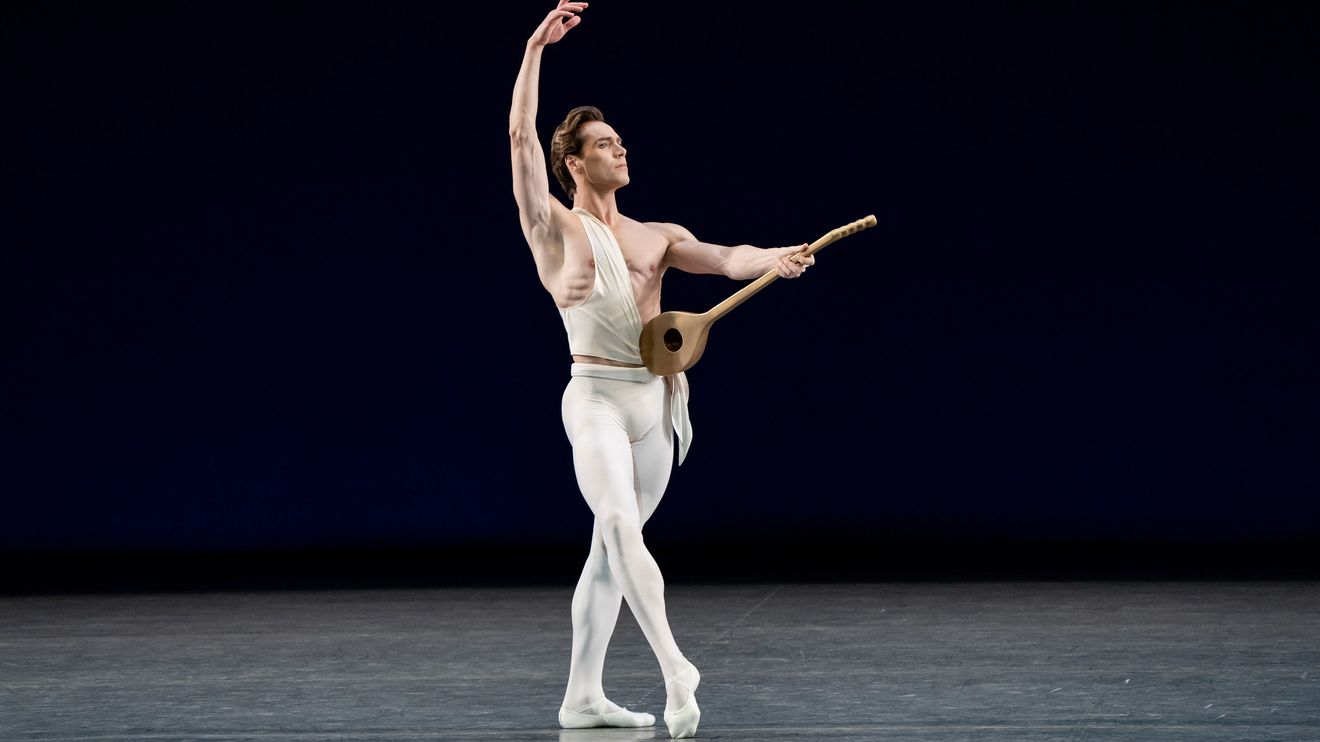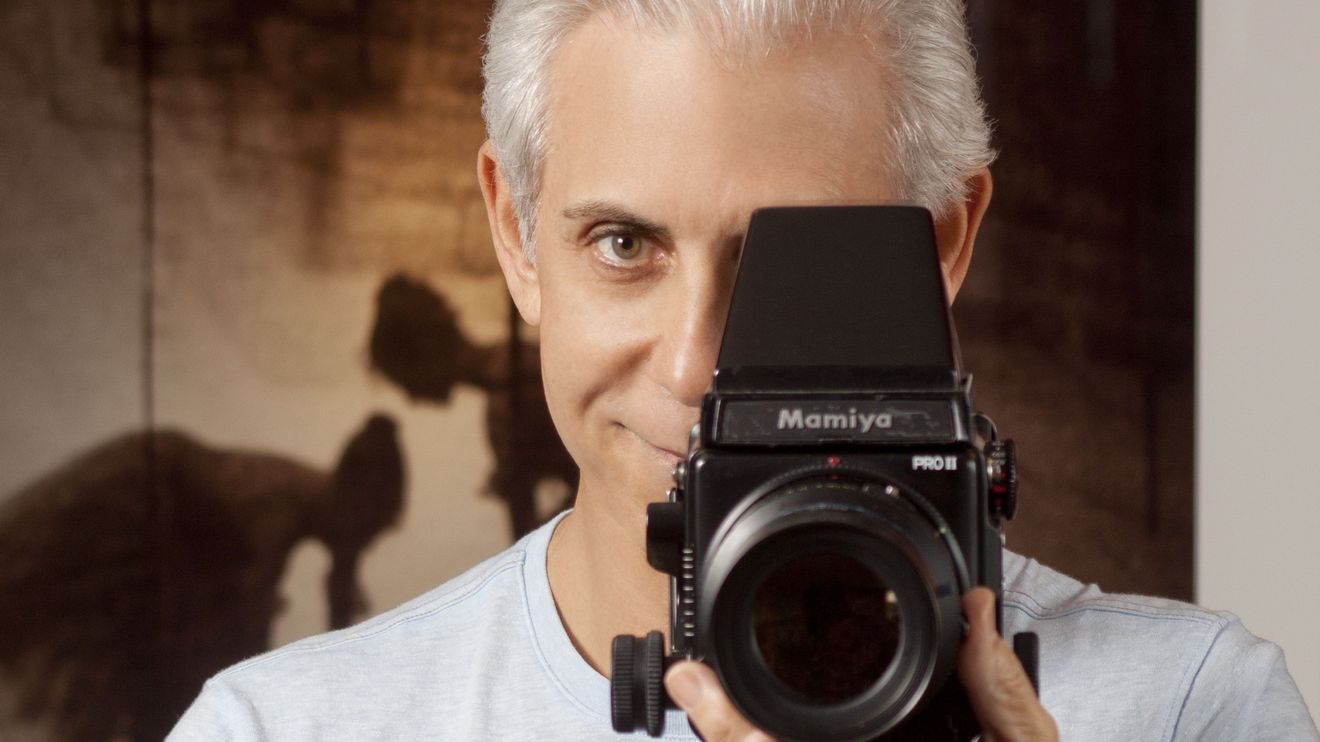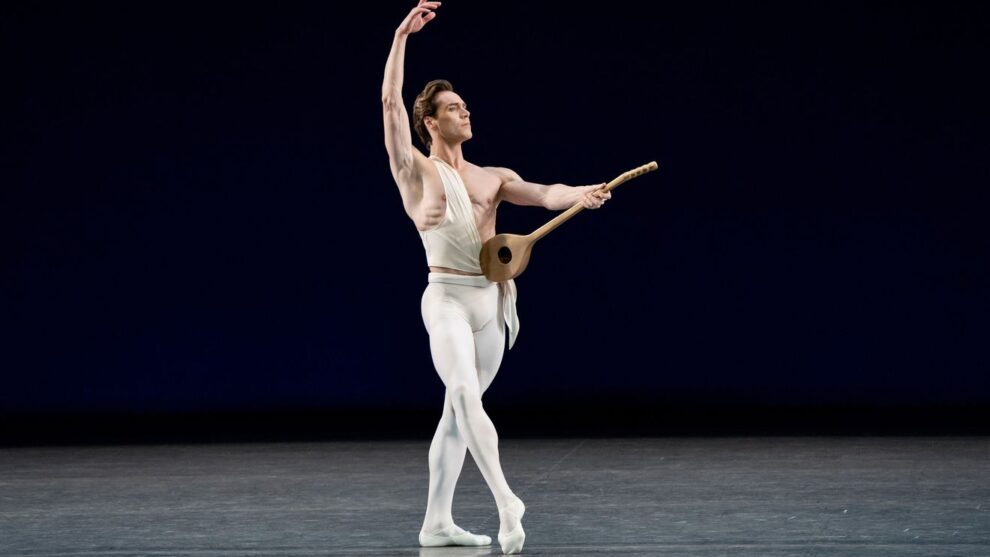People nearing retirement face a host of challenges, from the purely financial to the larger question of how to make the most of life’s next chapter. But imagine confronting those same challenges while still in your 30s or 40s.
Such is the ballet dancer’s fate.
Most dancers have a relatively short career on stage, one that typically begins in their teens and continues for no more than two decades. As is the case with athletes, their bodies simply aren’t up to the task after a certain point. When that moment arrives, it can be a crushing reality.
“I felt like I was no longer an angel,” former New York City Ballet dancer Steven Caras says of his retirement in 1983.
But if nothing else, dancers are adaptable. Many go on to thriving second careers — some stay in the dance world as educators or administrators, while others choose entirely new professions ranging from social work to medicine. Part of that is driven by necessity: Unlike many athletes, ballet dancers don’t earn particularly high wages — the average salary is $69,000, according to one report — so they can’t simply stop working when they step away from the stage.
Caras is living proof of what a dancer is capable of doing after retiring from performing: He’s worked in a variety of capacities with nonprofit cultural organizations, including ballet companies, while also becoming a highly in-demand photographer with a specialty in dance. (In fact, his post-dance life was the subject of an Emmy Award-winning documentary, “Steven Caras: See Them Dance.”)
We recently spoke with a number of retired New York City Ballet dancers, plus other professionals in the field, to see what lessons they learned in stepping down from a dream career at such a relatively young age. And just as important: what such lessons might mean to those of us contemplating retirement — or at least that next chapter — at an older age.
Prepare early for what lies ahead
In a sense, a dancer needs to begin thinking about retirement almost as soon as they start their careers, many in the field say. It’s the surest way to guarantee employment — and especially meaningful employment — in a post-dancing life. “I worked hard to get somewhere in the world of dance and I wanted the same thing as I was leaving,” says Gonzalo Garcia, a New York City Ballet company member who stepped down this year at age 42.
For Garcia, the next thing is working on the company’s artistic staff as a repertory director, helping ready works for the stage. He prepared to get there through years of teaching and coaching, which he did in tandem with his dancing. The point, he and others say, is to plant the seeds of your next move long before you need to make that move.

Gonzalo Garcia performing Balanchine’s ‘Apollo’ with the New York City Ballet
Paul Kolnik
Don’t be afraid to try something new
Teresa Reichlen danced many a major role in works ranging from “Swan Lake” to Balanchine’s “Jewels” during her many years with New York City Ballet. But when she retired this year at age 37, she decided on an altogether different role: running a New York City art gallery in partnership with her husband, Scott Ogden, the founder of the business.
Reichlen says she was ready for a change, particularly since it involved moving to a field that doesn’t depend on having to work at night. “I’m kind of craving 9 to 5” hours, she says. And she honed her administrative skills in part by taking on non-dance projects in recent years — most notably, raising money for a fund that supported unemployed dancers during the pandemic. The experience also taught her that she could find job satisfaction outside the dance world.
“I was fulfilled to be able to use my mind in a different way,” Reichlen says.
Understand that your skills are applicable elsewhere
On the surface, it might seem that a dancer’s training is best suited for a career in, well, dance. But the skills involved are ones that can transfer to many fields, dance professionals say. “You have refined skills in terms of taking direction, collaborating and being analytical,” says Patricia (Patch) Schwadron, a supervisor with the Actors Fund, a nonprofit organization that works with performing artists, including dancers, to help them plan career transitions.
Take advantage of different resources
Speaking of the Actors Fund, it offers workshops and seminars aplenty to dancers approaching retirement, plus one-on-one counseling. It also provides scholarships for dancers seeking to further their education.
Dance companies do their part as well. At the New York City Ballet, Artistic Director Jonathan Stafford, himself a former dancer with the troupe, involves company members in nonperformance aspects of the organization so they can gain invaluable experience that might set them up for their next career. “We just try to find as many opportunities as we can to challenge them,” he says.
Not that the same career-exploration opportunities are offered in every field. But dance professionals emphasize it’s always worth seeking whatever transition help you can get.

Former New York City Ballet dancer Steven Caras left the company and went to careers in the nonprofit world and as a renowned dance photographer.
Eduardo Schneider
Accept the realities
There’s no sugarcoating the fact that retirement is tough — and perhaps even more so when your career involves hearing people cheer your performance each night. Key to moving past that is to understand that you’ll need time to adjust, dance professionals say. “There has to be a grieving period. No one is OK with not being a dancer anymore,” says Patricia Schwadron.
Know you can return — in some way
Just because a dancer “retires” doesn’t mean they have to stop dancing permanently. Many do return to the stage for occasional parts. Teresa Reichlen hasn’t ruled out the possibility, though she says she needs “a little bit of space” before she can consider any kind of role.
Similarly, Gonzalo Garcia says he hopes to keep performing “whenever I can find an opportunity that feels appropriate.” As he concludes, “Once a dancer always a dancer.”










